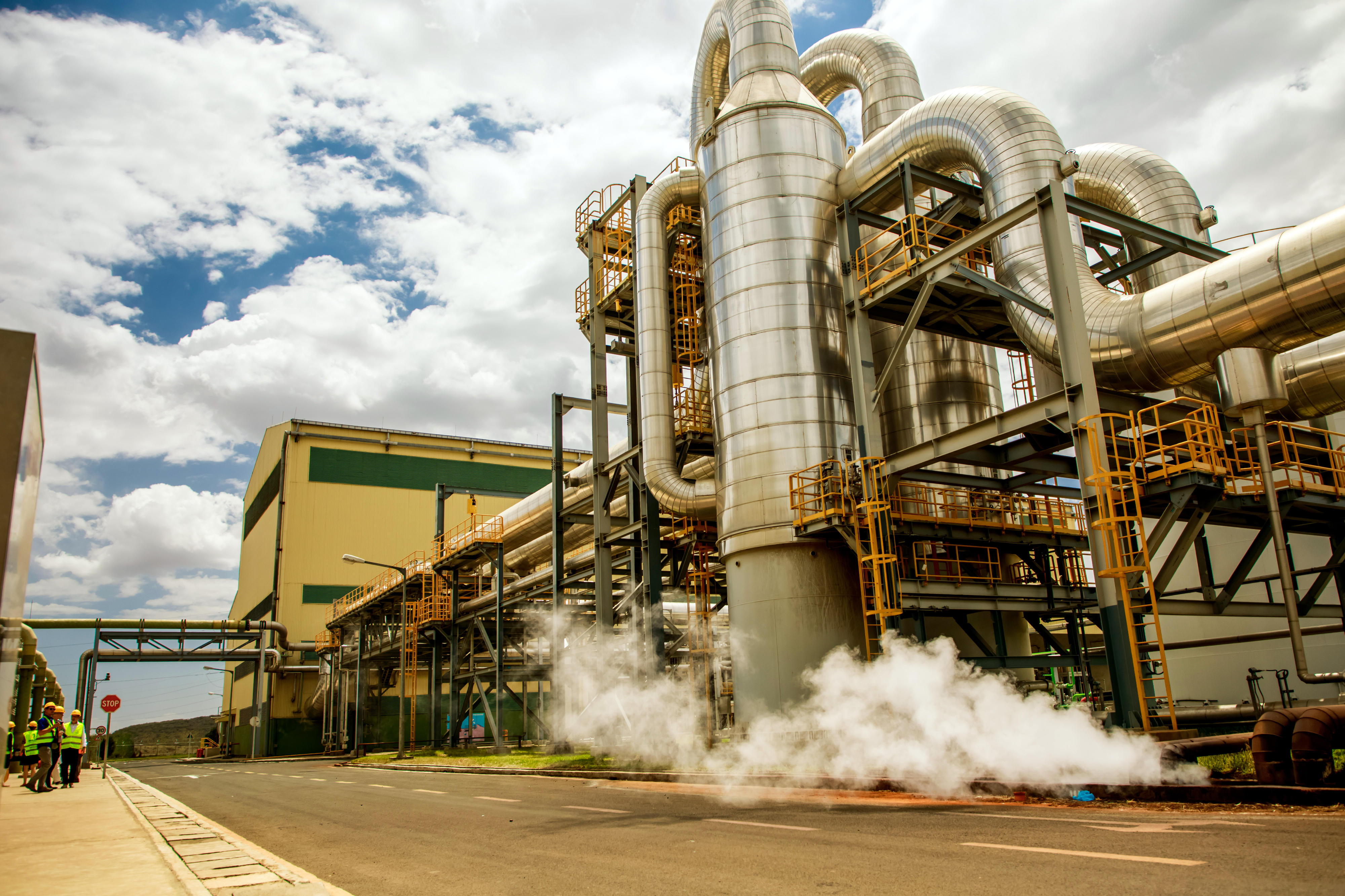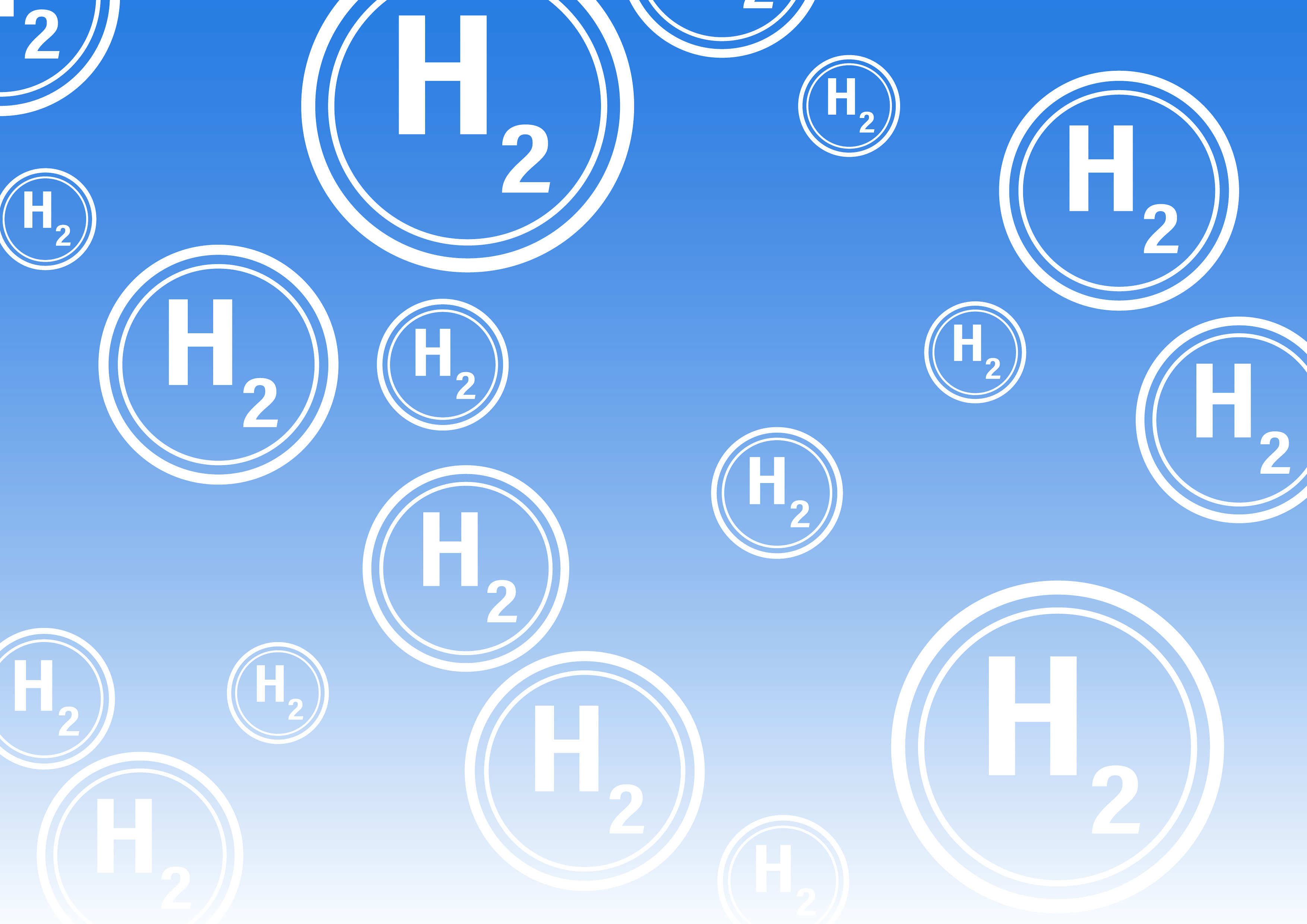Core area “Climate and energy, just transition” Expanding the energy supply
View of the geothermal power station Olkaria in Kenya
The Kenyan government has adopted the target of meeting 100 per cent of national energy demand from renewable sources by 2030. Moreover, all households in Kenya are to be connected to the electricity grid by 2030. To that end, the country's power supply system has undergone considerable expansion in recent years, so that now over 75 per cent of all households have access to electricity – a high percentage by African standards. It is mainly in rural areas that supply is still inadequate.
According to the Global Climate Risk Index 2021 (External link) compiled by the non-governmental organisation Germanwatch, Kenya was among the 25 countries most affected by climate change in 2019. Since 2016, large parts of the country have been affected by severe drought, jeopardising the food security of 5.4 million people.
German activities
The Climate and Development Partnership between Kenya and Germany builds upon the two countries' long-standing development cooperation, especially in the areas of renewable energy (geothermal power and grid expansion) and agriculture (resilience of agricultural systems).
In March 2023, the then German Development Minister Svenja Schulze and Kenyan President William Ruto agreed to expand the Climate and Development Partnership. In the future, green hydrogen is to be produced in Kenya based on renewable energy, which can then be used for fertiliser production. This will make Kenya less dependent on fertiliser imports and improve food security in East Africa. So far, Kenya has produced most of its local fertiliser on the basis of natural gas, and much fertiliser is imported from Russia and Belarus. Fertiliser is currently scarce and expensive in international markets. In developing countries like Kenya, fertiliser shortage can lead to significantly reduced harvests.
As at: 02/05/2023

